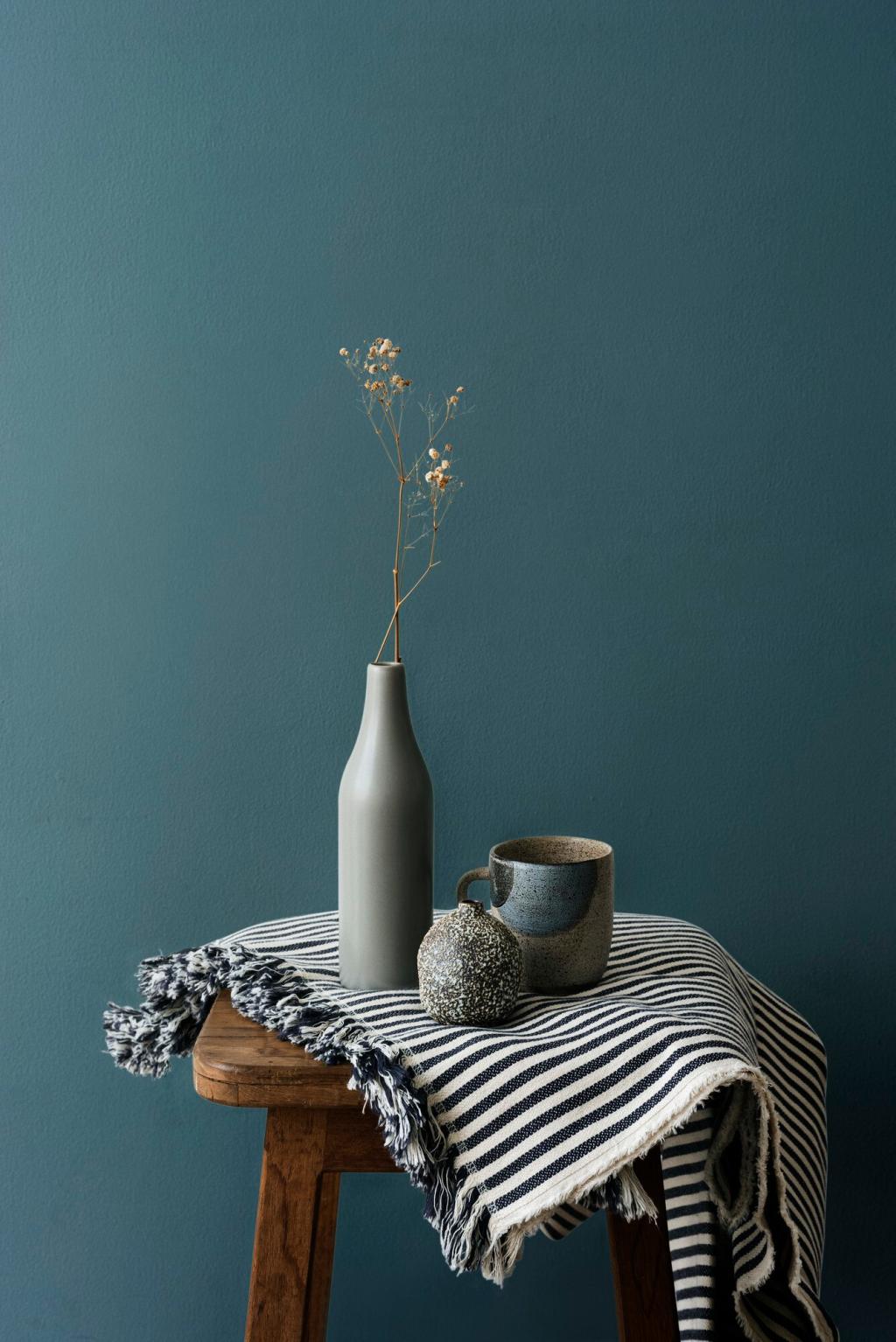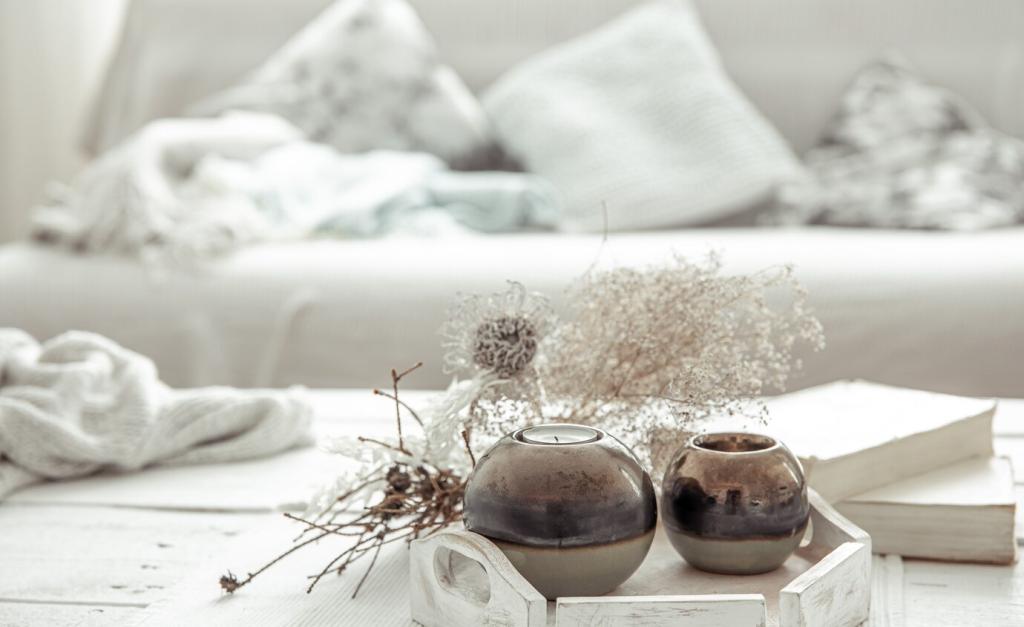Utilizing Light: Brightening Small Areas with Minimalist Design
Chosen theme: Utilizing Light: Brightening Small Areas with Minimalist Design. Welcome in—this is your friendly guide to making small rooms feel luminous, open, and calm through mindful restraint and strategic light. Subscribe for weekly, light-forward ideas tailored to compact spaces you actually live in.

Foundations of Minimalist Brightness
Less, But Brighter
When you pare back furniture and visual clutter, you reveal pathways for daylight and reflections to move freely. Choose pieces on slender legs, polished or satin finishes that softly bounce light, and a limited palette that amplifies brightness rather than competing with it.
Color Temperature Choices
Light color affects perceived spaciousness. Warm tones around 2700–3000K feel intimate, while 3500–4000K reads clean and open in small rooms. Try a gentle 3000K baseline, then layer task lights at 3500K for clarity. Tell us your favorite temperature mix in tiny spaces.
Story: A Studio Transformed
Maya removed one bulky bookcase, swapped a dark rug for a pale flatweave, and added an uplight behind a plant. The room immediately felt taller, brighter, and welcoming. Her secret? Fewer objects, better surfaces, and light placed where it mattered.

Window Treatments That Disappear
Opt for sheer or voile curtains mounted close to the ceiling to elongate the wall and maximize glass exposure. Keep hems just above the sill for airflow, choose slim hardware, and avoid heavy patterns. Minimalist Roman shades with light-filtering linings are perfect for privacy and glow.

Mirrors That Multiply Daylight
Place a large, clean-edged mirror opposite or adjacent to a window to reflect daylight across the room. Lean a full-length mirror slightly to catch low sun angles. Avoid many small mirrors that fragment reflections; one generous surface expands space more convincingly.

This is the heading
Lorem ipsum dolor sit amet, consectetur adipiscing elit. Ut elit tellus, luctus nec ullamcorper mattis, pulvinar dapibus leo.

This is the heading
Lorem ipsum dolor sit amet, consectetur adipiscing elit. Ut elit tellus, luctus nec ullamcorper mattis, pulvinar dapibus leo.
Surfaces, Colors, and Reflectance
Light Reflectance Value (LRV) measures how much light a color reflects, from 0 to 100. For small rooms, consider walls with LRV 70–85 and softly contrasting trim. Off-whites, pale greiges, and misty pastels expand space while keeping the palette serene and cohesive.
Matte can reduce glare on ceilings, while satin or eggshell adds gentle bounce on walls. Use semi-gloss on trim for crisp definition that subtly reflects light. Balance is key; too glossy can feel harsh, too flat can look dull in dim corners.
Reeded glass, polycarbonate panels, and shoji-inspired screens pass light while defining zones. In a micro-loft, a ribbed-glass divider turned a windowless nook into a softly lit study. Have you tried translucent elements? Tell us how they changed your space.



Smart, Sustainable Brightness
Tunable White for Daily Rhythm
Shift from 4000K focus light during work hours to 2700K warmth in the evening, supporting comfort and clarity. One reader set schedules and stopped fiddling with switches. Would tunable white help your routine? Share how your day changes with light.
Automation for Micro-Spaces
Create scenes—Welcome, Focus, Wind Down—that combine ambient and task lights with one tap. Motion sensors prevent wasted energy in tight entries and closets. Minimalist design loves predictable, effortless glow that removes cluttered controls from your visual field.
Efficiency, Not Excess
Favor LEDs above 90 lumens per watt and high CRI for true colors. Light only where needed—counters, desks, art—not every corner. A disciplined plan feels brighter with fewer fixtures. Tell us your most efficient bulb that still looks beautifully soft.
